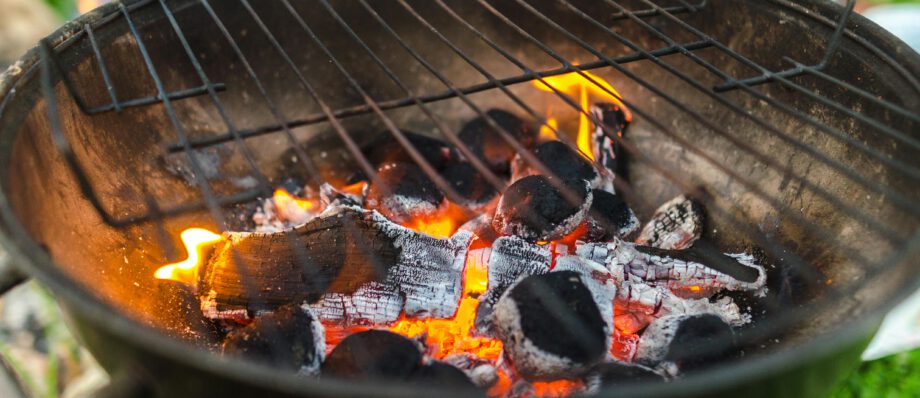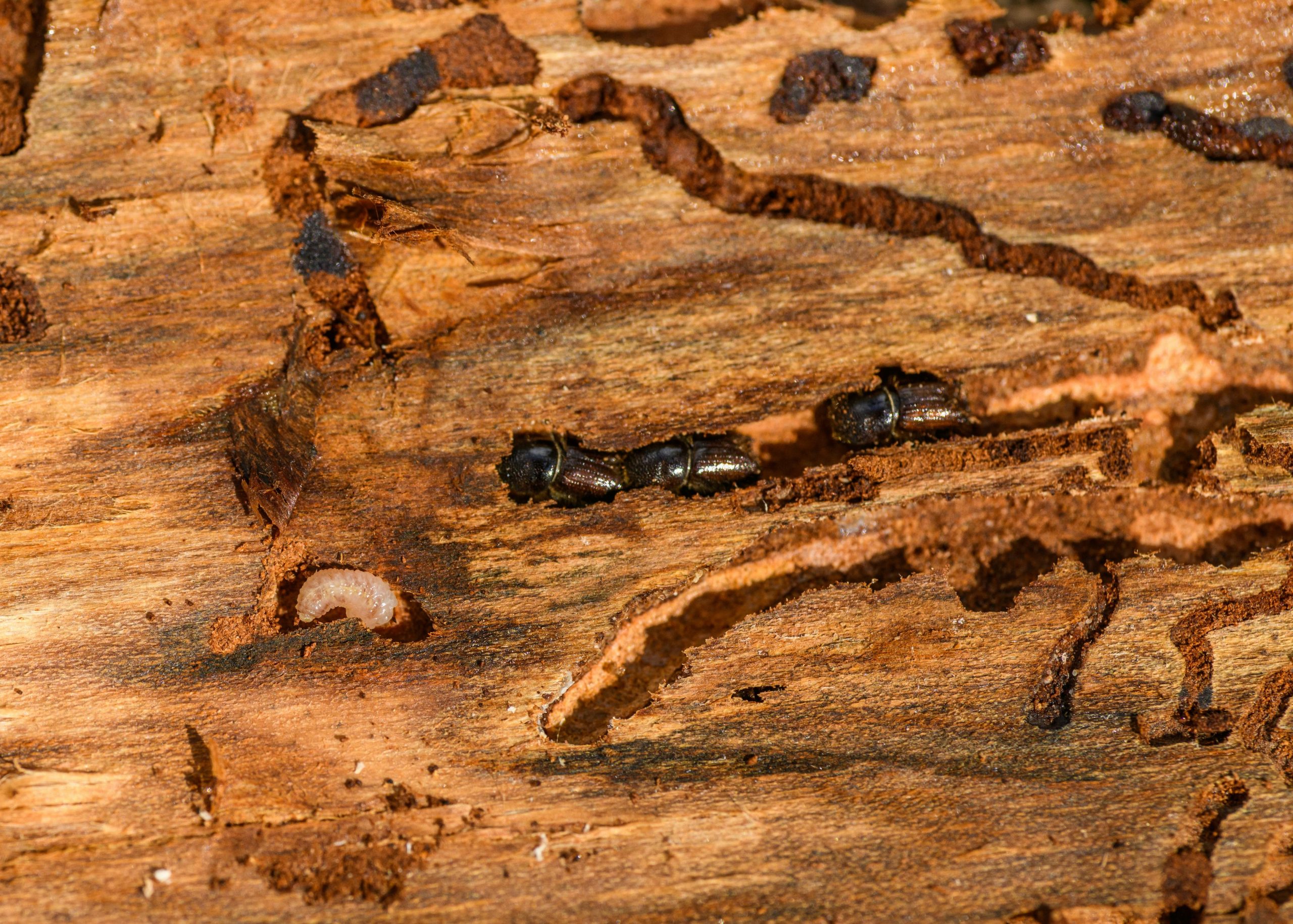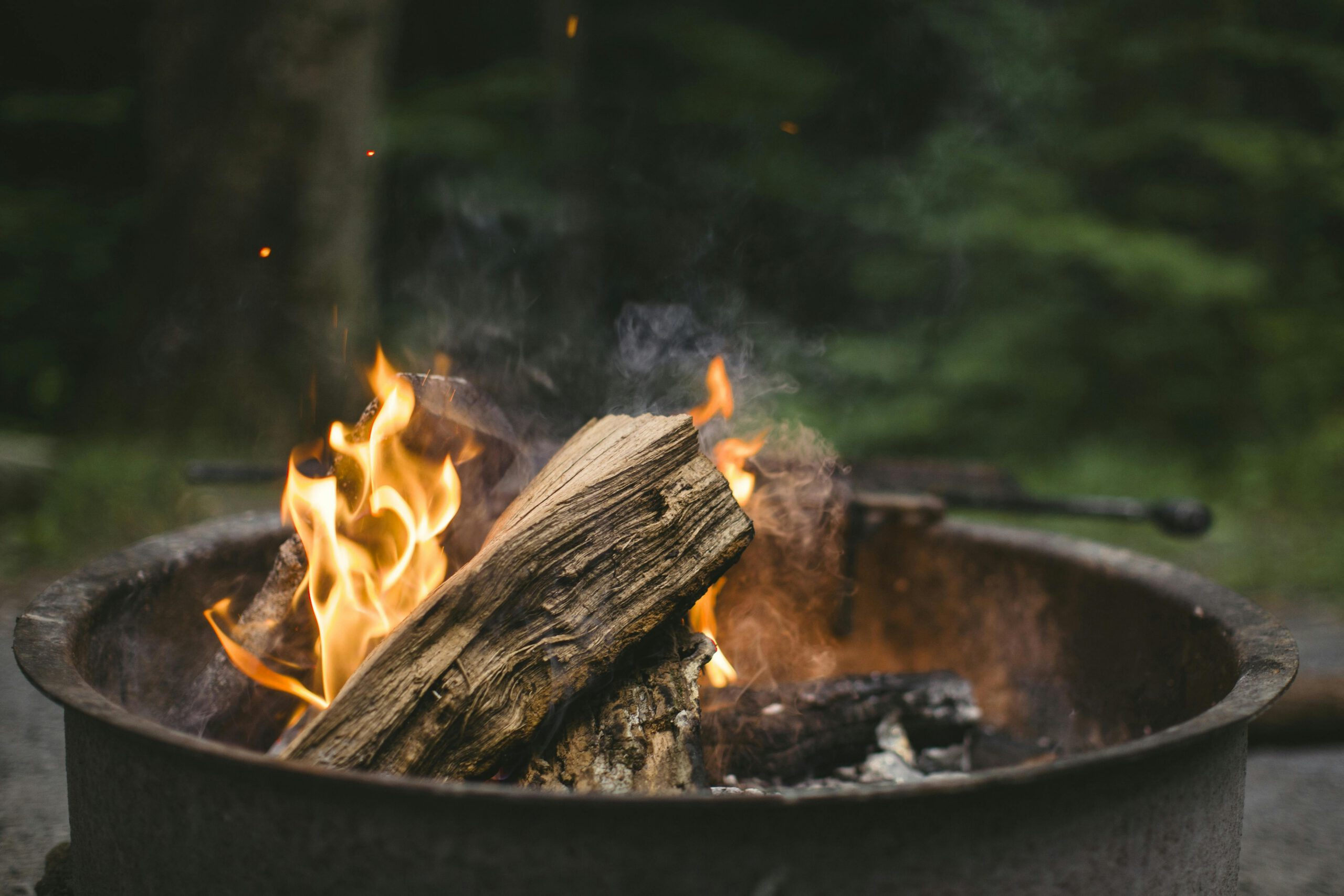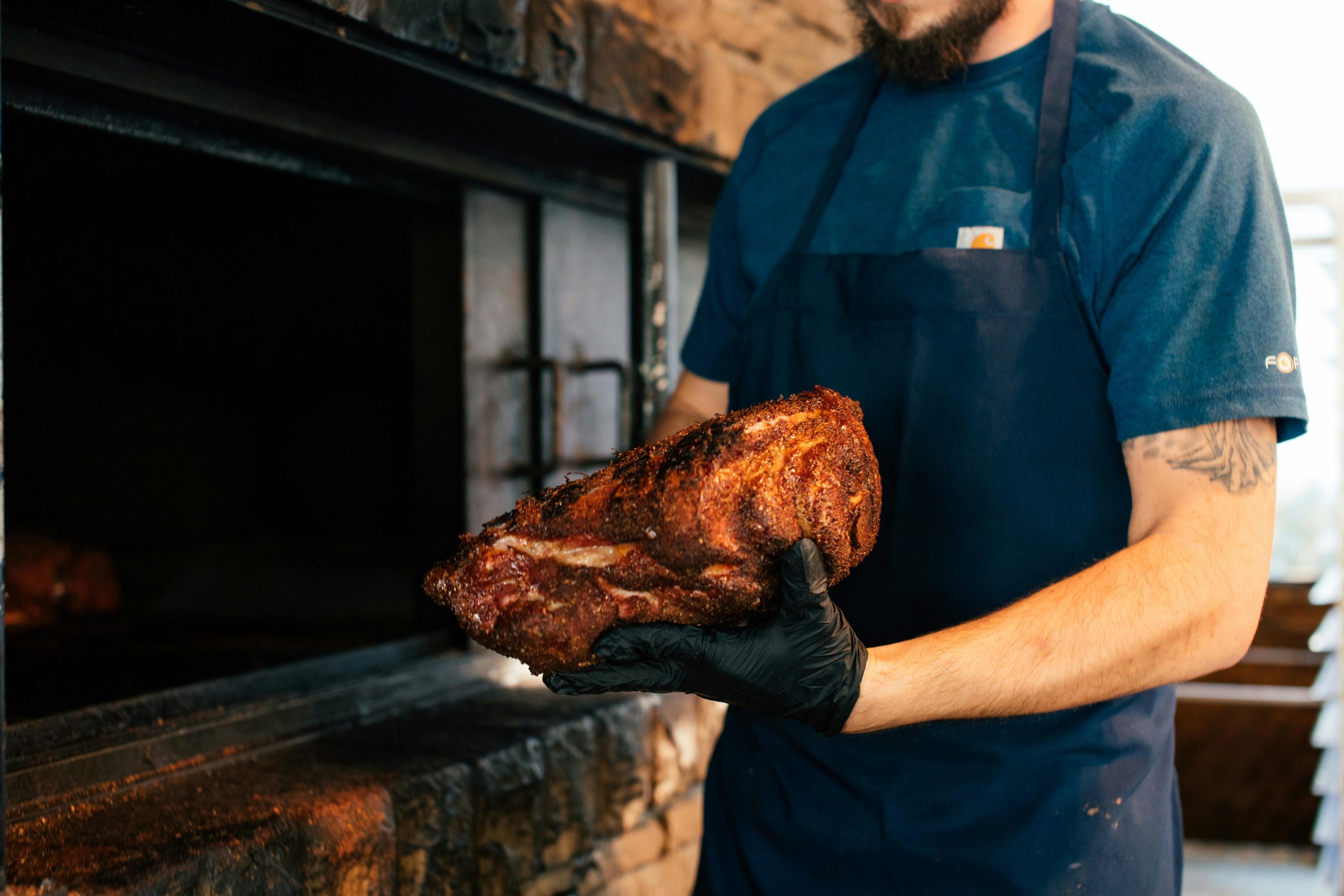Outdoor Cooking: Choosing The Right Wood for Smoking and Grilling
Table of Contents
There’s nothing quite like the scent of wood smoke drifting through a warm summer evening, gently teasing your senses and making your mouth water in anticipation. But have you ever stopped to think how your choice of wood for smoking or grilling might transform your barbecue from merely tasty to absolutely unforgettable? Honestly, picking the right wood isn’t just a small detail—it’s the heart and soul of grilling and smoking.
Hardwood, Softwood, and Why It Matters
First things first, let’s clear up one common pitfall: not all woods are created equal. You’ve got hardwoods like oak, hickory, and cherry, which burn slow and steady, imparting rich, layered flavors. On the other hand, softwoods like pine or cedar—though great for kindling or campfires—are a no-go for cooking. They burn fast and smoky, leaving your burgers tasting like a lumberyard bonfire (trust me, it’s not the smoky profile you’re aiming for when using wood for smoking).
Then there’s moisture content. Ideally, your wood should be seasoned, meaning it’s had at least 6-12 months to dry out. Dry wood ignites easily and burns cleaner, reducing unwanted flavors and bitter smoke. Freshly cut wood, or “green” wood, is stubbornly smoky and difficult to manage—great for campfire storytelling, less so for your prized brisket.
A Quick Guide to Popular Grilling and Smoking Woods
Here’s the thing: grilling isn’t rocket science, but a bit of wood knowledge can seriously level up your BBQ game.
Oak: Dependable and versatile, oak burns steadily, providing a balanced, smoky backbone perfect for red meats. Ever had authentic Texas brisket? That’s oak’s handiwork, bringing a hearty, mildly smoky flavor.
Hickory: This one’s a heavyweight champ—bold, robust, and somewhat intense. Hickory pairs wonderfully with pork and beef, creating that classic BBQ flavor you probably imagine when someone says “smoked ribs.”
Mesquite: This southwestern favorite packs a punch. Mesquite burns hot and fast, delivering a potent smoky flavor that’s outstanding on beef and game meats. Just a heads-up, though: a little goes a long way.
Apple & Cherry: Fruitwoods like apple and cherry add a subtly sweet, mellow smoke, excellent for poultry, fish, pork, or vegetables. Cherry wood, in particular, imparts a delightful reddish tint to the meat—a visual bonus that’s hard to resist.
Post Oak: If you’ve ever tasted true Texas-style BBQ, especially from legendary barbecue joints, you’ve tasted post oak. It’s milder than hickory but stronger than apple or cherry, offering a perfect balance for beef ribs and briskets.
Matching Your Wood to Your Method
Here’s the secret sauce (literally): the type of cooking you’re doing—whether it’s quick, hot grilling or low-and-slow smoking—should dictate your wood choice. For quick grilling, you’ll typically combine charcoal with wood chunks for an added smoky kiss without overpowering the food. Hickory chunks or mesquite are ideal here, as they’re potent enough to make their mark quickly.
For slow-smoking, wood splits or larger chunks of oak, hickory, or fruitwoods are the go-to. They burn evenly over time, providing that deep, layered smokiness that turns ribs, pork shoulder, or brisket into culinary masterpieces. Remember, patience here pays off massively—low and slow lets your chosen wood’s true personality shine.
Tips & Safety Checks: Keep It Simple and Safe
Using wood with your grill or smoker shouldn’t be complicated, but there are a few safety points worth mentioning:
- Never use treated, painted, or chemically altered wood. This isn’t negotiable—chemicals and food don’t mix.
- Avoid resinous softwoods. Pine, fir, and spruce can release harsh, bitter smoke and resins that ruin flavor and potentially harm your grill or smoker.
- Manage airflow. Good airflow ensures cleaner smoke and better heat control, preventing excessive soot buildup and bitter flavors.
Your Wood, Your BBQ: Experimentation is Key
You know what makes grilling so addictive? It’s that satisfying moment when your experimentation pays off and you discover a new favorite wood or flavor combination. Don’t be afraid to mix woods—maybe apple and hickory for pork ribs or cherry and oak for a smoked turkey. Play around and find your signature BBQ style.
Grilling isn’t just cooking; it’s a ritual, a seasonal celebration of good weather, good company, and great flavors. So next time you fire up the grill, think of the wood as your silent partner, adding subtle whispers or bold statements to your meal.
And honestly, who doesn’t love a backyard BBQ that’s as unforgettable as the smoky aroma drifting through the neighborhood on a summer evening? Go ahead, find your wood-fired flavor sweet spot—and grill on.




